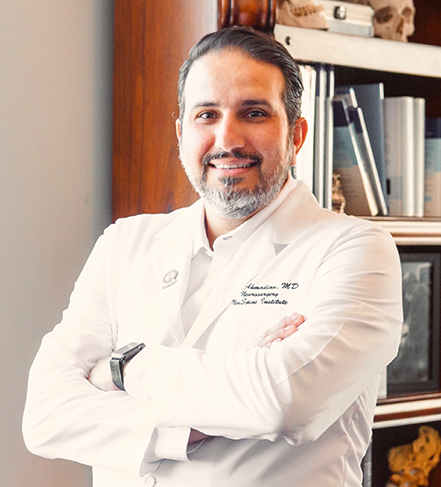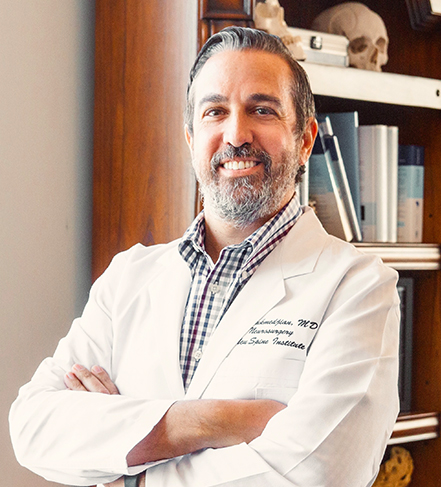What is Stem Cell / PRP?
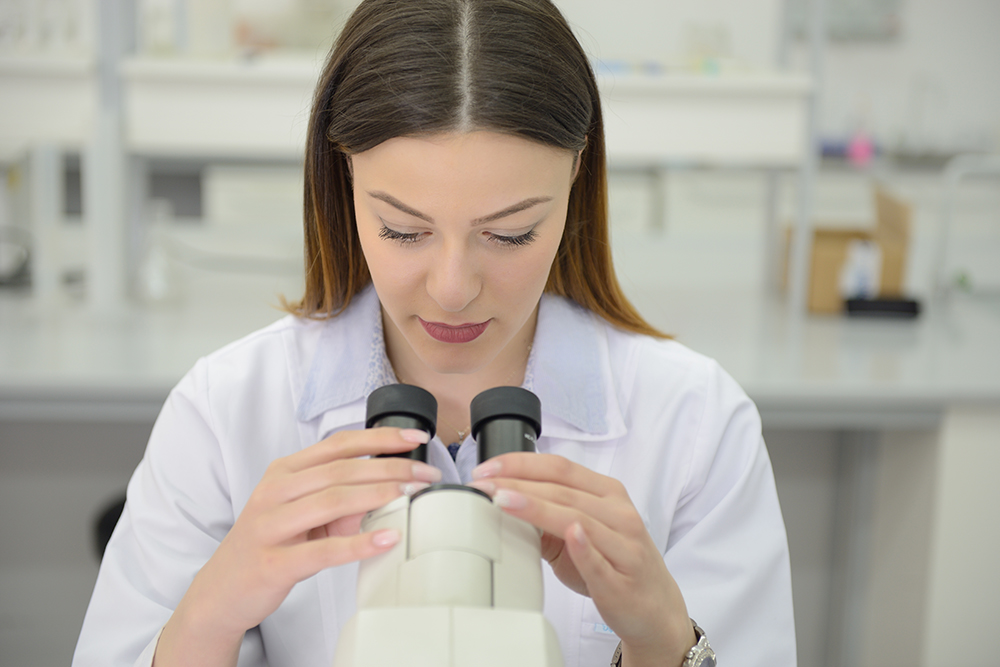
Platelets account for a tiny fraction of the blood volume; however, we can highly concentrate the body’s own platelets to produce Platelet-rich-plasma or PRP. PRP is your own plasma (liquid portion of the blood) with a high concentration of platelets, which contain many growth factors that are essential for healing. These highly concentrated connective tissue growth factors allow for the possible recruitment of other cell pathways involved in the healing of tissues, such as ligaments, muscle, bone, and joints. The PRP is injected into the injured tissue or joint, which initiates natural cellular repair mechanisms including recruitment of the body’s own stem cells to the injured tissue. This allows for an accelerated healing process.
Growth Factors initiated by PRP
What can PRP be used for?

Potential benefits of PRP
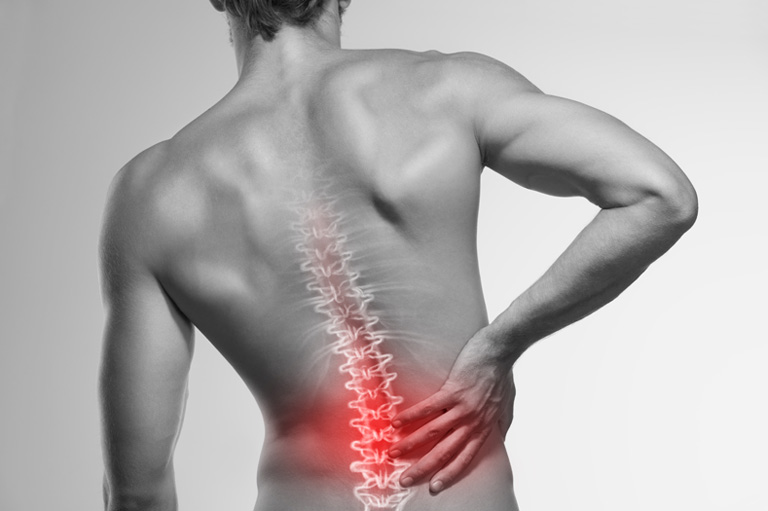
Stem Cell Therapy

What is Stem Cell therapy?
In severe conditions, which require a more robust healing response, your doctor may suggest direct Stem Cell injection collected from your bone marrow. Special bone marrow preparations contain actual Stem Cells called mesenchymal cells, which are directly involved in healing. Stem cells can also be collected from your adipose or fat cells, though not as potent. Stem Cell injections can be mixed with a small amount of fat graft and work in conjunction with PRP. The PRP injections may be done 4-6 weeks after Stem Cell injections to provide a favorable environment for the Stem Cells to continue to flourish and heal tissue. The healing process occurs over a 12-24 month period and results are generally not seen right away as they might be with surgery.
What is the downtime with Stem Cell or Platelet-rich plasma injection?
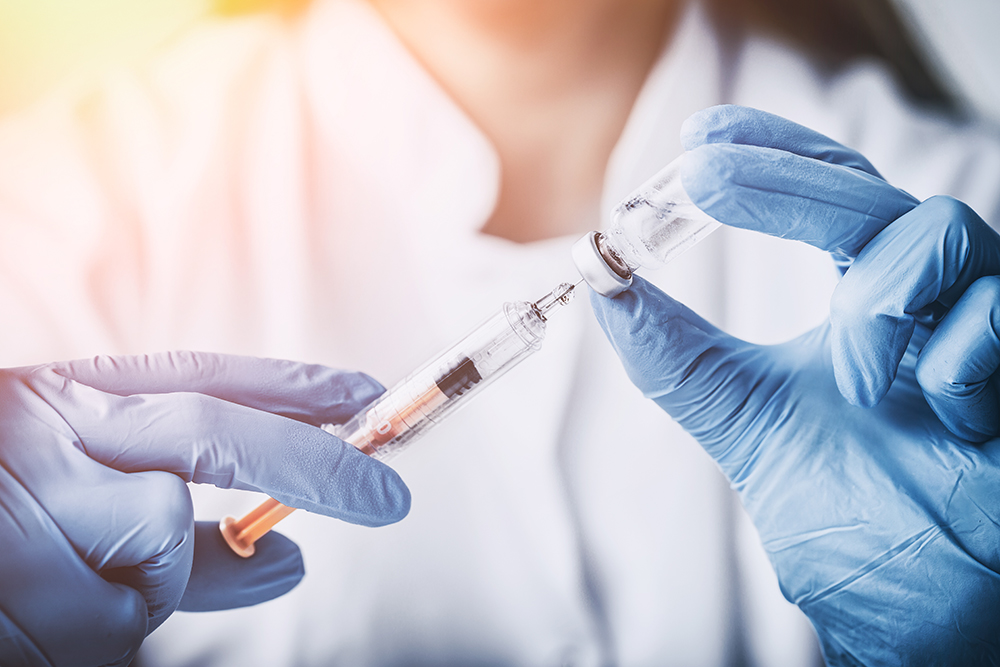
There is no major downtime with these procedures. Procedural pain is expected for a few days, though patients can return to normal activity right away.
Are Stem Cell /PRP injections covered by my insurance?

Most insurance companies consider the procedure investigational and will not cover the injections. The utilization of PRP has been around for many years in different fields of medicine and cosmetics. The use of these platelets and stem cells are increasing to many new areas of medicine and surgery, with benefits still being realized. Most offices structure affordable payment plans to allow many patients the opportunity to try these new regenerative techniques to try to avoid surgery.
Can stem cells be used during surgery?
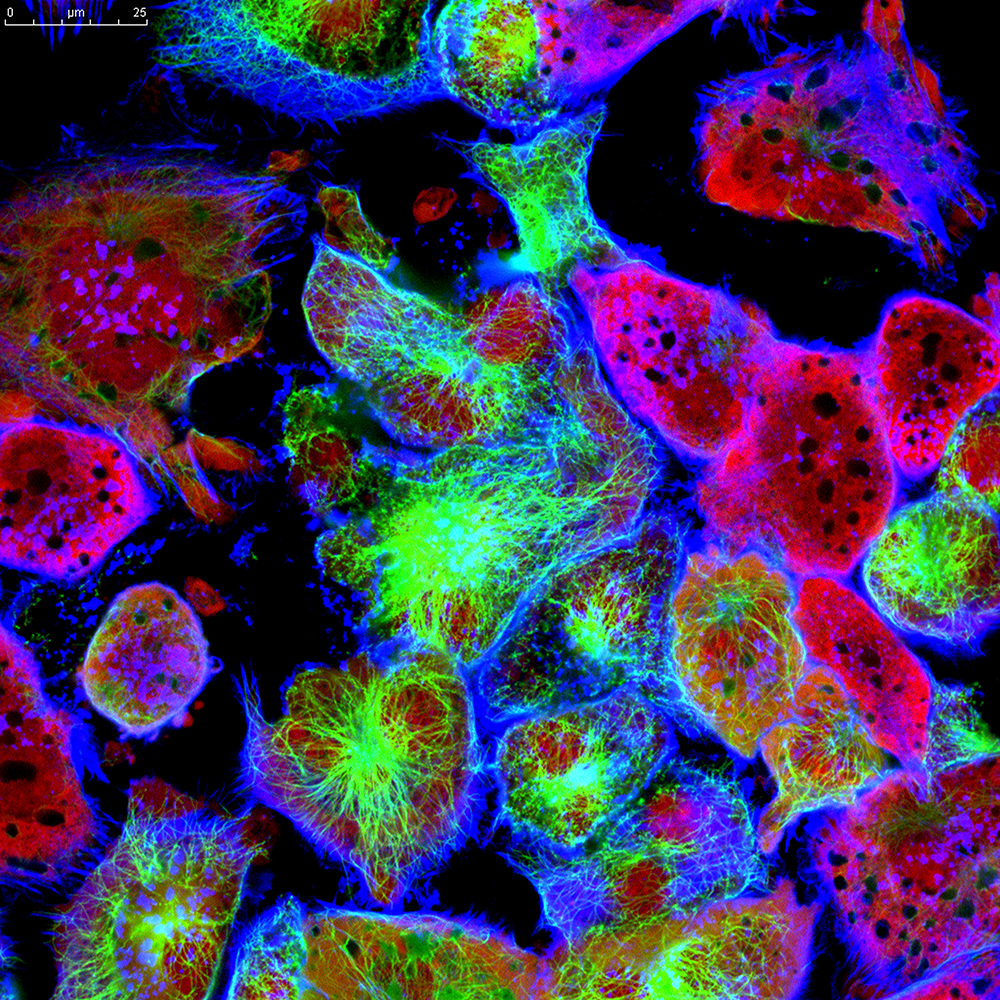
Yes, some patients elect to have Stem Cells isolated and placed during surgery to increase the healing rate and improve fusion rates. Furthermore, patients also elect to use PRP/stem cell injection to improve scarring after surgery. This add-on procedure technique improves patient satisfaction, bone fusion, and cosmesis after spinal surgery.
Who is a candidate for PRP or Stem Cell therapy?
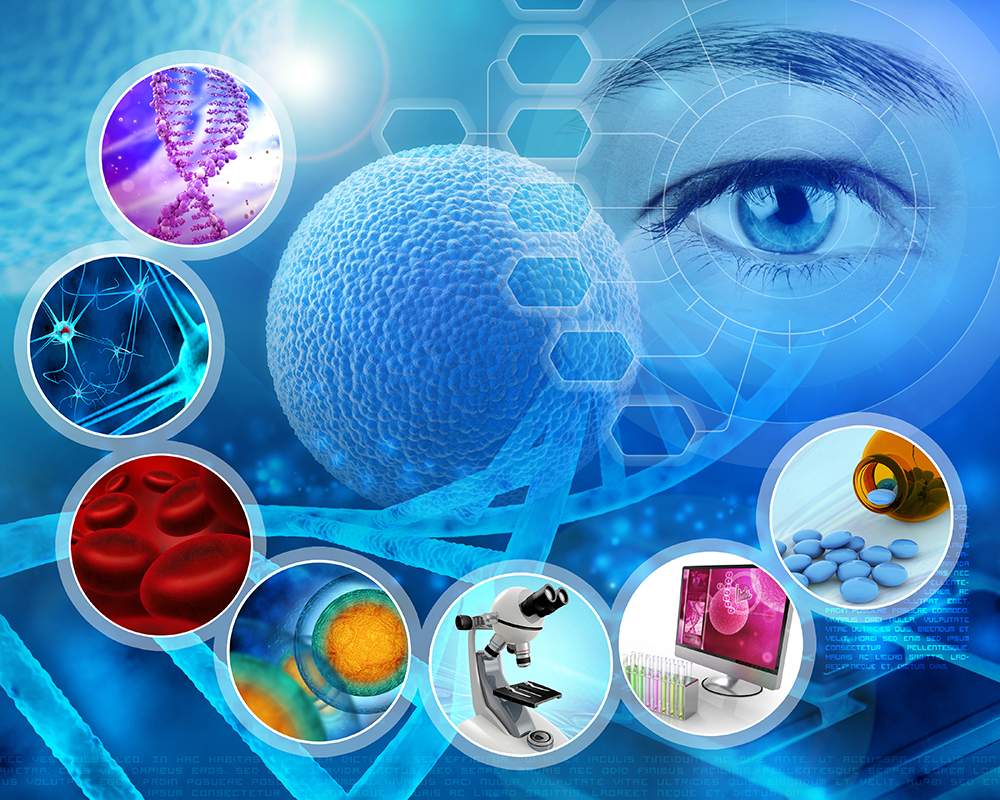
Depending on your condition you may be a candidate for either PRP or Stem Cell. Consult your doctor about using the PRP/stem cell as a primary treatment or as an adjuvant treatment to other procedures. Patients with inflammatory and arthritic conditions may be a good candidate.
Patients who are on blood thinners need to consult their doctors to stop medications 3-5 days prior to the procedure. Patients taking NSAID’s (anti-inflammatory medications) should stop approximately 5-7 days prior to the procedure.
What to expect?
- Limit NSAID use after treatment for 4 weeks.
- Limits strenuous activity or exercise for 2 weeks after treatment
- May have increase pain the area of injection for up to 2 weeks after treatment.
- The process of healing takes up to several months.
OPENING HOURS
| Monday – Friday | 8:00 – 5:00pm |
| Saturday | Closed |
| Sunday | Closed |
813-333-1186
